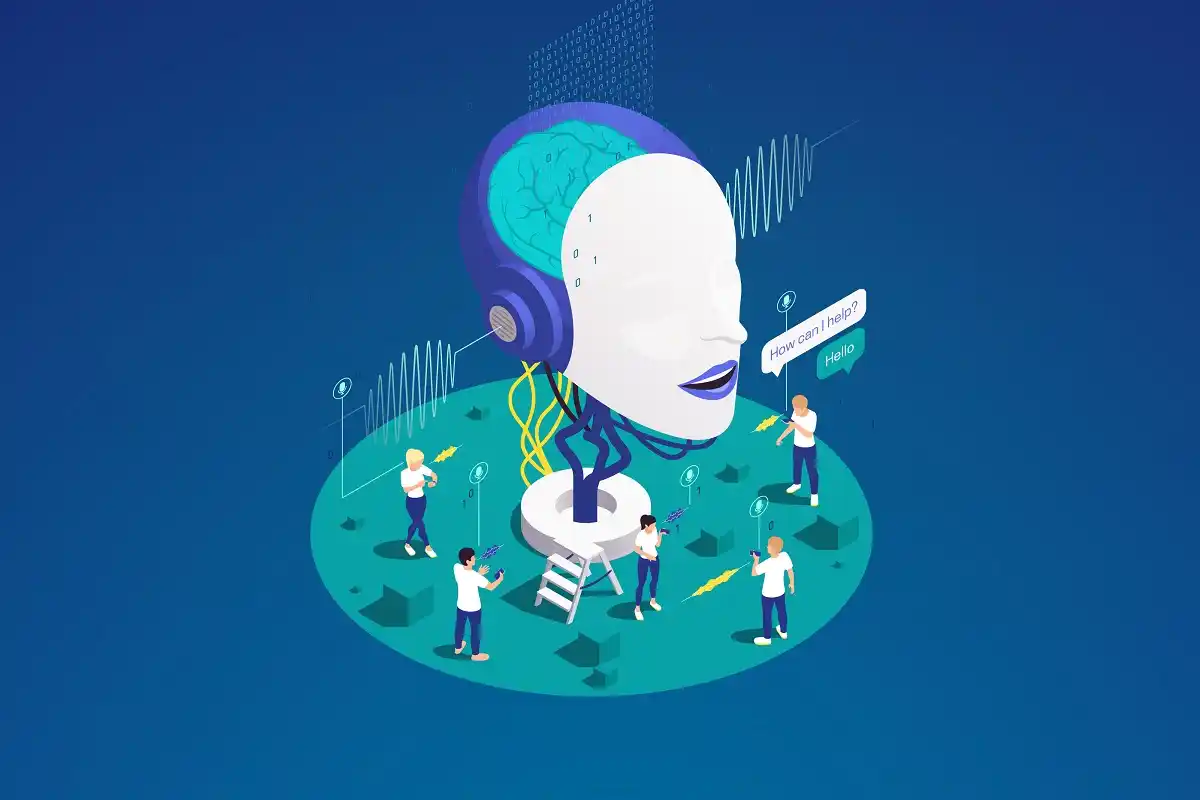Machine learning, a subfield of artificial intelligence, has become a crucial element in today’s technology-driven world. In its essence, machine learning enables computers to learn from and make decisions or predictions based on data.
There are different types of machine learning, including supervised, unsupervised, and reinforcement learning. As we continue to generate an enormous amount of data, machine learning becomes a powerful tool to solve complex real-world problems.
Types of Machine Learning
Machine learning, at its core, is about teaching computers to learn from data so they can make predictions or decisions without being explicitly programmed. There are three main types of machine learning:
1. Supervised Learning
This is like learning with a teacher. In supervised learning, the machine is provided with labeled data, which means the data comes with an answer key.
For instance, if you want the machine to identify cats in images, you’ll train it with many images of cats, each clearly labeled as a “cat“. This way, the machine learns the pattern of what makes a cat a “cat“.
Once trained, it can identify cats in new images it hasn’t seen before.
2. Unsupervised Learning
This is like learning without a teacher. The machine is given a bunch of data but no answer key. It’s up to the machine to find patterns and structure in the data.
For example, if you give an unsupervised learning algorithm a pile of animal pictures, it might organize them into different groups based on characteristics like number of legs, presence of wings, size, etc.
How to Choose the Right IT Solutions for Your Business
It might not know what to call these groups (like “cats” or “dogs”), but it understands how to group similar things together.
3. Reinforcement Learning
This type of machine learning is a bit like learning through trial and error.
The machine is given a goal or reward to achieve but is not told how to achieve it. Through repeated trials and adjusting its actions based on the reward it receives, the machine learns the best actions to take to achieve the goal.
A common example of reinforcement learning is teaching a machine to play and win a game, where the reward could be the game score.
Each of these types of machine learning has its strengths and is best suited for different types of problems. The type you’d choose would depend on the problem you’re trying to solve and the data you have available.
This guide provides a deep dive into machine learning use cases, and how machine learning is used to solve problems in various industries.
I. Real-world applications of machine learning
Healthcare
In healthcare, machine learning real-world applications range from predictive diagnostics to advanced patient care. Machine learning algorithms can analyze vast amounts of patient data, predict disease patterns, and suggest treatment plans.
Finance
Financial institutions leverage machine learning for credit scoring, algorithmic trading, fraud detection, and customer segmentation. These tools help streamline financial operations and mitigate risks.
Marketing
Machine learning in marketing enhances customer segmentation, predictive analytics, and customer retention efforts. It allows for more personalized customer interactions, improving both customer experience and business outcomes.
Manufacturing
In the manufacturing industry, machine learning helps to improve operational efficiency, product quality, and predictive maintenance. It can predict machine failures, thereby reducing downtime and increasing productivity.
Transportation
Machine learning has revolutionized the transportation sector through autonomous vehicles, route planning, and predictive maintenance. It contributes to safer, more efficient, and more reliable transportation.
E-commerce
Machine learning can analyze a customer’s browsing and purchasing behavior to recommend products they are likely to buy.
Machine learning can analyze various factors like demand, competition, and inventory to dynamically adjust prices.
II. How to use machine learning to solve problems?
Machine learning for business can transform decision-making processes and operational efficiency. The following steps outline how to use machine learning to solve business problems.
Identify the problem that you want to solve.
Clearly defining the problem is the first step in the process. Understand what you’re trying to achieve and how machine learning can help.
Gather data that is relevant to the problem.
Data is the backbone of any machine learning project. The data collected should be relevant, diverse, and substantial to ensure the machine learning model’s effectiveness.
Choose the right machine learning algorithm for the problem.
The type of machine learning algorithm you choose will depend on the problem you’re trying to solve. For instance, you might use supervised learning for prediction tasks or unsupervised learning for pattern detection.
Top AI Tools to Empower Your Business with Intelligent Solutions
Train the machine learning model on the data.
Once you have your data and algorithm, you’ll need to train your model. This involves feeding the data into the model so that it can learn patterns and make predictions.
Test the machine learning model on new data.
Before deploying, it’s crucial to test your model on new, unseen data. This will help you assess the model’s accuracy and effectiveness.
Deploy the machine learning model to solve the problem.
Once your model is trained and tested, it can be deployed to start making predictions or decisions based on new data.
Conclusion
Machine learning offers enormous potential to solve complex, real-world problems across various industries. As we generate more data, machine learning’s role in enhancing business efficiency and decision-making will only continue to grow.
By understanding machine learning types and how to implement them, businesses can unlock powerful tools to drive their success in an increasingly data-driven world.



